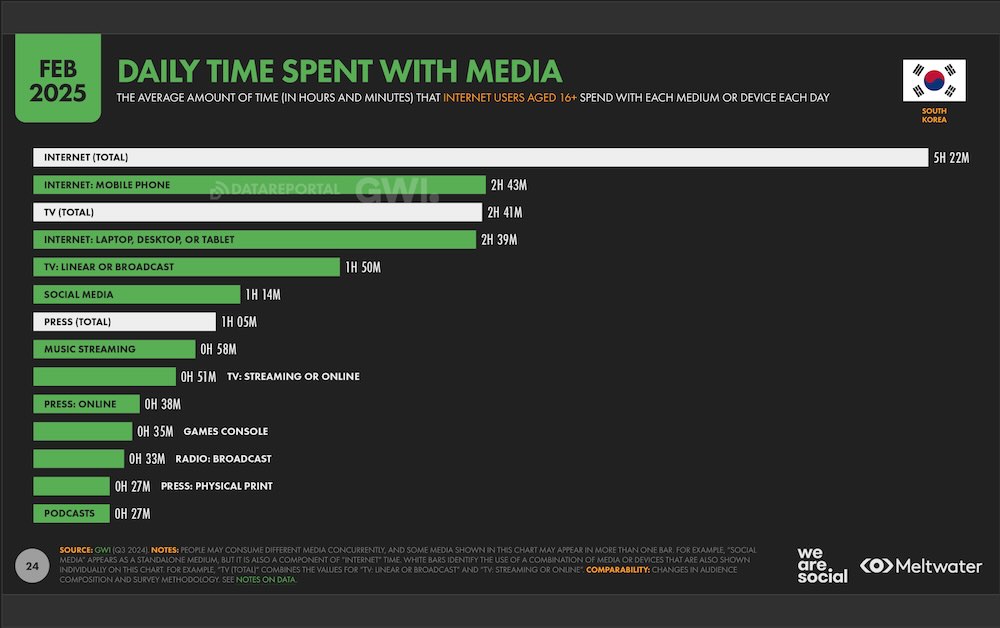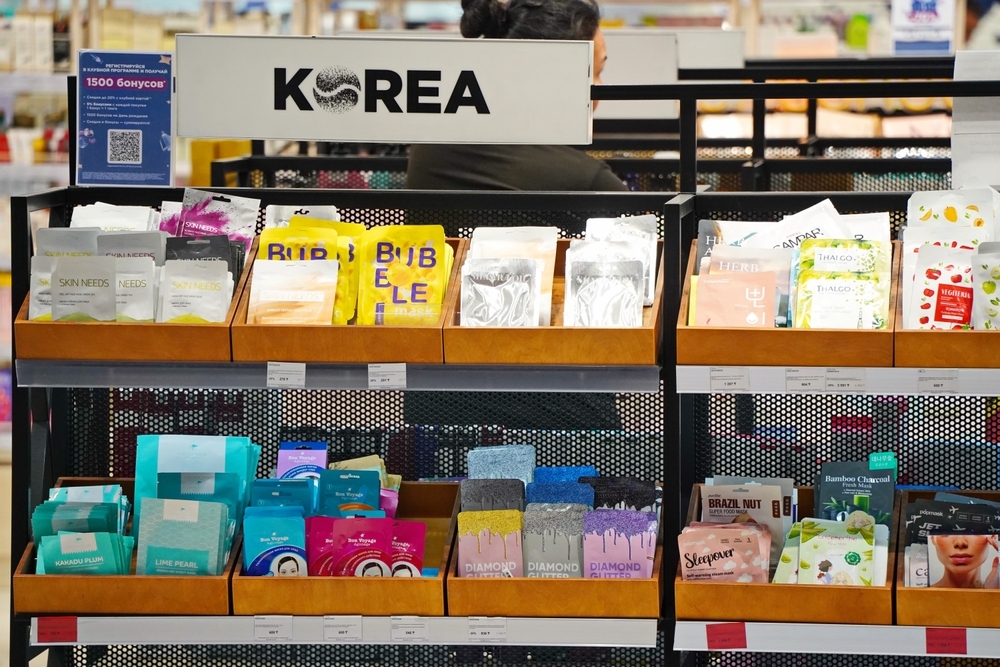When foreign brands strategize entering Asia, they’ll naturally want to take on one of two powerhouses first; China or Japan. It makes sense—China has a massive population, and Japan holds major economic influence. However, marketing in Korea as a first step could be the blind spot you’re missing.
In This Article
Today, we’ll cover what makes Korea the ideal test market, and how it can make Asian expansion an easier endeavor.
Why Market in Korea First?
China and Japan hold greater prestige in their own right compared to Korea. However, each is saddled with its own issues in the form of regulatory hurdles and steep marketing costs, among other challenges.
On top of that, the Korean market has one major advantage: regional influence. Despite being much smaller in scale than China and Japan, the two latter populations take their cultural cues from Korea. Korean consumers have a knack for being highly trend-sensitive, early adopters that move fast.
From beauty, to entertainment and food, Korea routinely sets regional and global standards. The ripple effect has been proven time and again: if a product resonates in Seoul, it often spreads quickly to Tokyo and Hong Kong.
So, in a way, marketing in Korea first is like setting up preliminary brand awareness in the larger Asian territories before you even step foot there.
Korea’s Digitally Sophisticated Society
According to DataReportal, Korea boasts a significantly larger internet penetration rate over China and Japan, with over 97% of the population online. What’s more, daily web usage is close to 90 minutes longer in Korea than in Japan.

That equates to nearly zero blind spots when deploying digital campaigns. No matter the target audience, or when you reach out, your marketing will find them.
Where to Focus Your Korea Digital Marketing Efforts
Korean consumers have fully adapted to mobile payments and influencer-driven marketing at levels not many other regions can match. This is due in great part to the all-in-one, town square-ish nature of domestic platforms like Naver and KakaoTalk.
These platforms, along with global giant Instagram, dominate daily life. With that in mind, we recommend campaigns that integrate a community-focused approach to content and commerce. We suggest reading our posts about KakaoTalk and Naver to learn how to best leverage these platforms.
Which Industries Benefit from a Korea-First Strategy?
Remember, if your ultimate aim is to cover the entire Asian region, we’re choosing Korea first as a “ripple-effect” strategy. This works best for brands in consumer goods spaces. Let’s examine with a few case studies.
Cosmetics and Beauty
This is possibly the most highly-competitive space in the country. On the flip side, the word-of-mouth you generate across borders can pay dividends.

Here’s an example. In 2019, Rihanna’s Fenty Beauty teamed with Sephora Korea for its launch, and stood out by focusing on how Fenty Beauty products were more complementary to existing products, rather than competitive. By offering a wider range of foundational shades than typical foreign brands, Fenty set itself apart from the beginning.
The run-off effect: The successful partnership helped boost Sephora’s profile when they re-entered the Japanese market in 2019. The buzz from the successful campaign was echoed through Japanese beauty influencers who keep a keen eye on Korean trends.
Food & Beverage
Asian palates can be a little tricky to contend with. Moving too fast in a large market with little knowledge can spell disaster. For example, since Korea is a lower-risk test market in terms of cost, Shake Shack opted for Seoul as one of its first Asia locations in 2016.
The benefit: While reception was enthusiastic, the company learned some important lessons about tailoring their menus with localized flavors before expanding to bigger markets like Hong Kong and Tokyo.
Entertainment
K-drama has exploded in popularity in recent years. That’s why Netflix saw an opportunity to bet big on original productions in the country as part of its large Asian expansion strategy.
Global success of Korean originals like Kingdom and Squid Game encouraged Japan to bolster its own slate of original programming. But it didn’t stop there—Netflix began investing in Thailand and India, boosting their subscriber growth at home and abroad.
A Smarter Approach for a Smarter Market
More brands are realizing that South Korea isn’t just a “side market” anymore. They recognize the country as Asia’s cultural tone setter. The biggest benefit is that although Korea is a digitally innovative society, it’s still a low-risk proving ground for foreign companies.
Let’s visualize.
| Market | Strengths | Challenges | Best For |
| China | Massive scale | Regulatory roadblocks, high costs | Big brands with deep resources |
| Japan | Prestige market, long-term loyalty | Slow adoption, expensive market entry | Brands seeking long-term stability |
| Korea | Digitally advanced, trendsetting, lower barriers, regional influence | Smaller population, local competition | Agile brands looking for regional validation and fast iteration |
Going Korea-first isn’t for every brand. However, if you can succeed in Korea, you’ll likely gain the credibility and knowledge needed to expand across Asia.
A Bonus for Western Brands
Another key point that might entice you to choose Korea first are the consumer culture parallels that it shares with the US where Japan and China can’t say the same.
- Speed of Adoption – Like the US, Korea is a “fast-cycle” market with almost overnight adoption of cultural trends.
- Digital Integration – The customer journey can be 100% digital in many cases. In Japan, for contrast, offline habits are much stronger.
- Experimentation – Consumers adapt well to new marketing and sales formats—in fact, they almost expect it.
The familiarity of Korean consumer behavior is just so enough to test out Western strategies, but its still “foreign” enough to inform you of cultural tweaks that could indicate other localization considerations for broader Asian markets.
ICJ: Your Digital Passport for Marketing in Korea
At ICJ, we have a knowledgeable mix of Korean, Japanese and Western staff who can coordinate targeted campaigns, whether you’re planning to start in Korea and expand outward, or vice versa.
Our confidence lies in our years of expertise marketing throughout Asia, from Korea and beyond.
